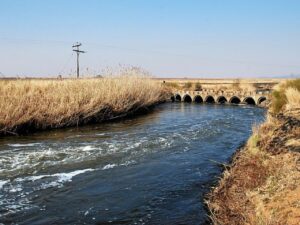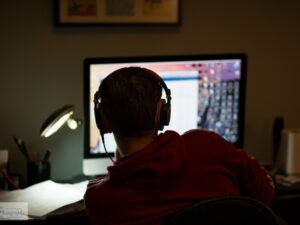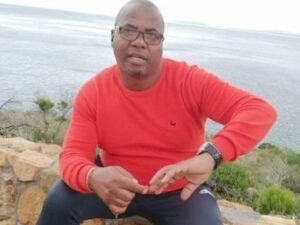Just when you get used to 87 litres, it becomes 50.
And if you think you’re doing well on that front, gearing up for February 1, then get ready for a solid halving.
Yesterday saw the City of Cape Town release a detailed operations plan for the 180 water collection spots (WCS). Taking place at the Disaster Management Centre, the briefing was perhaps the most detailed look yet at what will happen when Day Zero finally arrives.
Via IOL, here are some of the more interesting details:
The Day Zero plan would see 75% of the city’s taps being turned off. This excludes commercial areas, hospitals and informal settlements. The rest of the city will have access to water at one of the 180 WCSs which will be hosted at locations to be revealed later this week.
The WCSs will be open for 12 hours a day, which could be adjusted to 24 hours depending on the need at locations. The WCSs will contain 50 or up to 600 taps each and will have pedestrian and vehicular access at certain locations.

The SAPS, Metro police, law enforcement and SANDF have agreed to assist at WCSs and the City is hoping to involve community neighbourhood watches to monitor and assist residents at sites. Medical personnel will be present at all times in case of emergencies.
The City hopes this Day Zero scenario will last for a maximum of three months, during which time it is hoped that augmented water solutions, such as desalination plants and winter rains, will have replenished the water supply enough for taps to be reopened.
25 litres a day for three months, if all goes according to plan. That’s why people are going bonkers and snapping up bottled water like it’s liquid gold.
You might have heard people talking about something called a “royal flush”, which I think is an odd name given that it doesn’t exactly point to living like royalty, so here’s what is all about:
Where sanitation is concerned, the City was looking into a “royal flush” system to get residents to flush at a certain time of day to build up enough water pressure to cleanse the system. The City is also looking into people accessing other forms of non-potable water such as sea water for sanitation use.
If it’s yellow let it mellow, if it’s brown flush it down – at a specified time of the day. If you visit a friend’s house and their bathroom doesn’t smell a little funky, should you ask questions?
A little zinger from a story last week on Business Live, just in case you weren’t quite rattled yet:
If the approach of Cape Town’s Day Zero continues on the trajectory it has maintained for the past two months‚ it will arrive around March 3. That’s six weeks away‚ and about six weeks earlier than the City of Cape Town’s latest projection of April 12.
Why the discrepancy? Because the city council keeps doing the same sum and expecting a different result. Simply put‚ it divides the amount of water left in our dams by the amount Cape Town is supposed to be using each day and uses the result to count forward.
But since mayor Patricia de Lille started uttering those now well-worn phrases — “new normal”‚ “a well-run city does not run out of water” and the rest — Cape Town has used far more water than it is “supposed” to have. And now that the hottest time of year has arrived‚ evaporation from dams is accelerating the approach of taps’ death rattle.
As we have learnt, many residents aren’t too bothered with doing their bit.
If you’ve been hiding a decent rain dance up your sleeve for when the time is right, bring on the boogie.
[sources:iol&businesslive]





